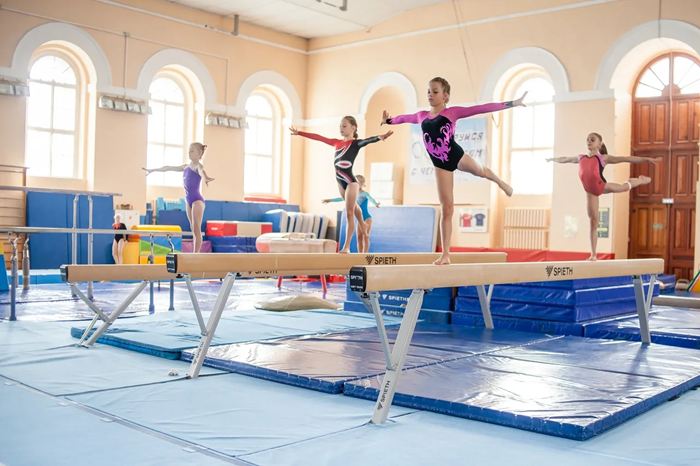Artistic gymnastics is one of the few disciplines in which medals have been awarded at every modern Olympic Games.
Since 1896, when artistic gymnastics debuted at the Games in Athens, much has changed – types have appeared and disappeared, and in 1928, medals were awarded for women for the first time. And the names of such stars as Nadia Comaneci, Simone Biles and Kohei Uchimura are known all over the world.
Olympics tells you everything you need to know about this sport.
History of artistic gymnastics
Historians find evidence that gymnastics was practiced even in the ancient world. For example, a prototype of a gymnastic horse was used to learn horse riding. In Ancient Greece, gymnastic exercises were part of the physical education system and were used to prepare for participation in the Olympic Games.
Gymnastics in its modern form was formed in the late 18th and early 19th centuries: exercises on gymnastic apparatus and vaults became part of European physical culture. In the mid-19th century, the German teacher Friedrich Ludwig Jahn invented several apparatuses, including the horizontal bar and parallel bars, which are still familiar to us today. And in the second half of the 19th century, competitions in gymnastic disciplines began to be held in Western Europe.
In 1881, the International Gymnastics Federation (FIG) was founded, which is still active today. At first, only three countries were members of the organization, and it was called the European Gymnastics Federation. In 1921, with the accession of the first non-European country, the federation was renamed and reorganized.
Artistic gymnastics debuted in Athens in 1896 and has not left the program of the games since then. At first, only men competed for medals, and in Amsterdam in 1928, competitions were held for women for the first time. The first world championship was held later, in 1903, with women’s participation, in 1934.

